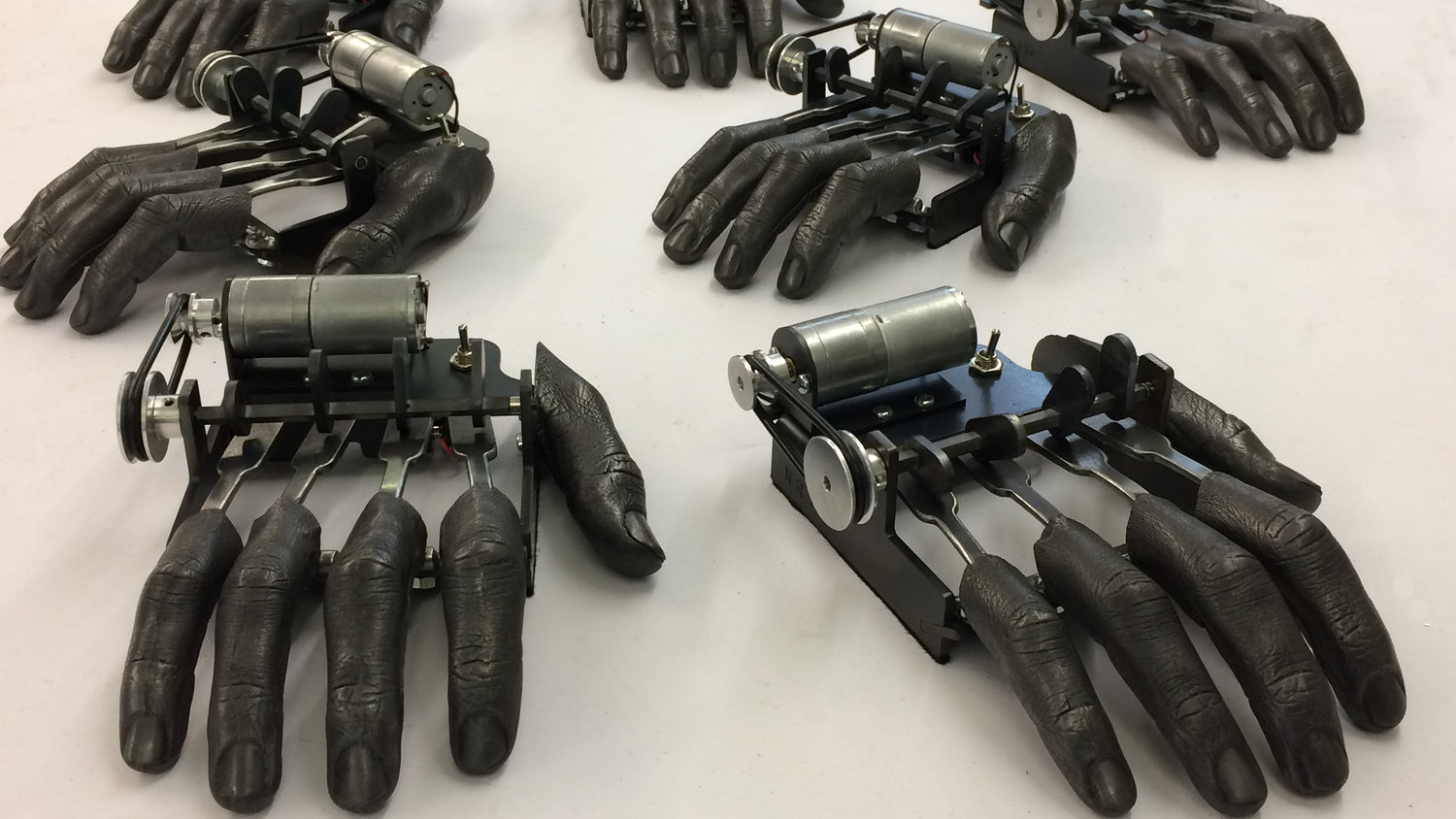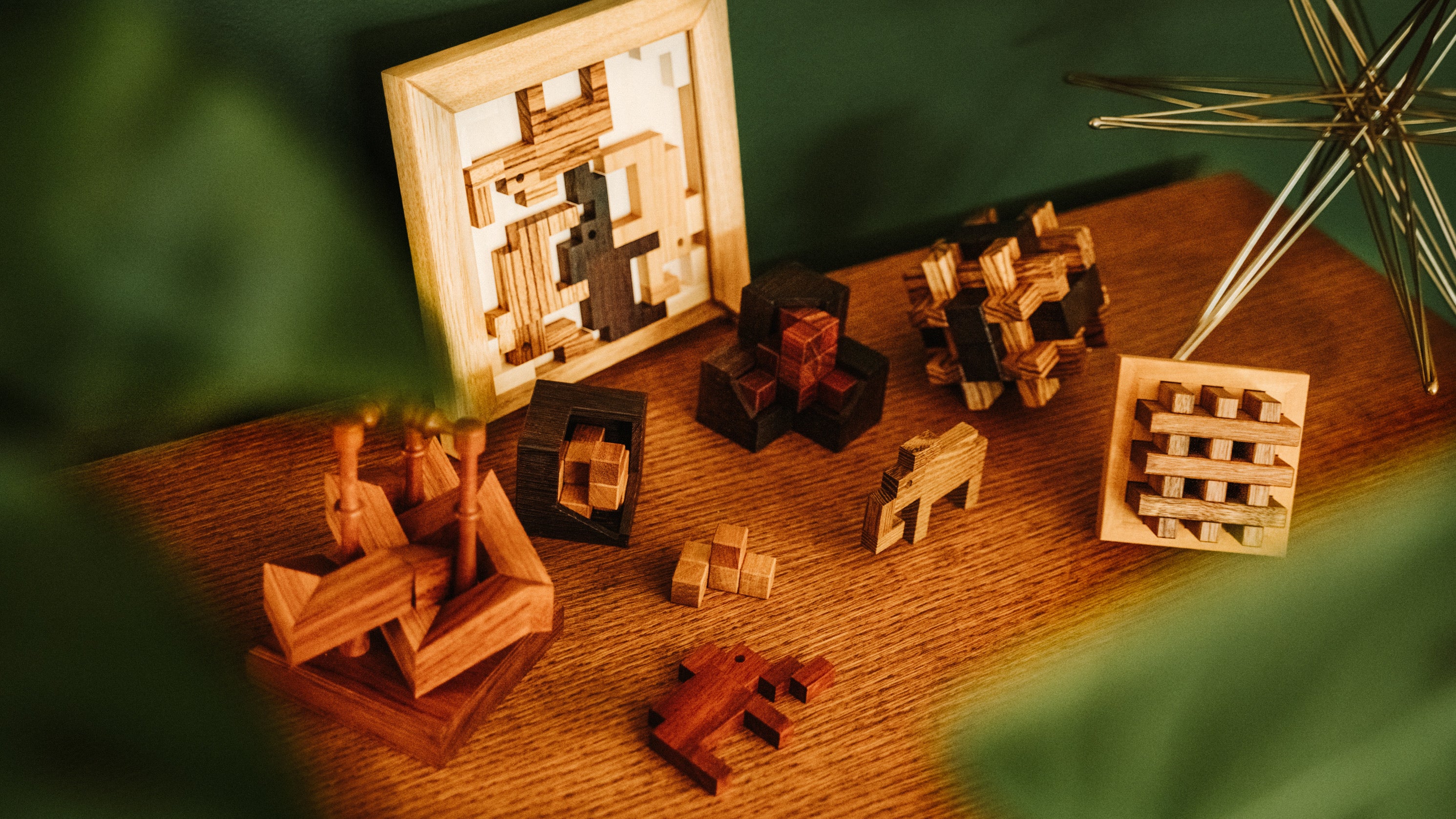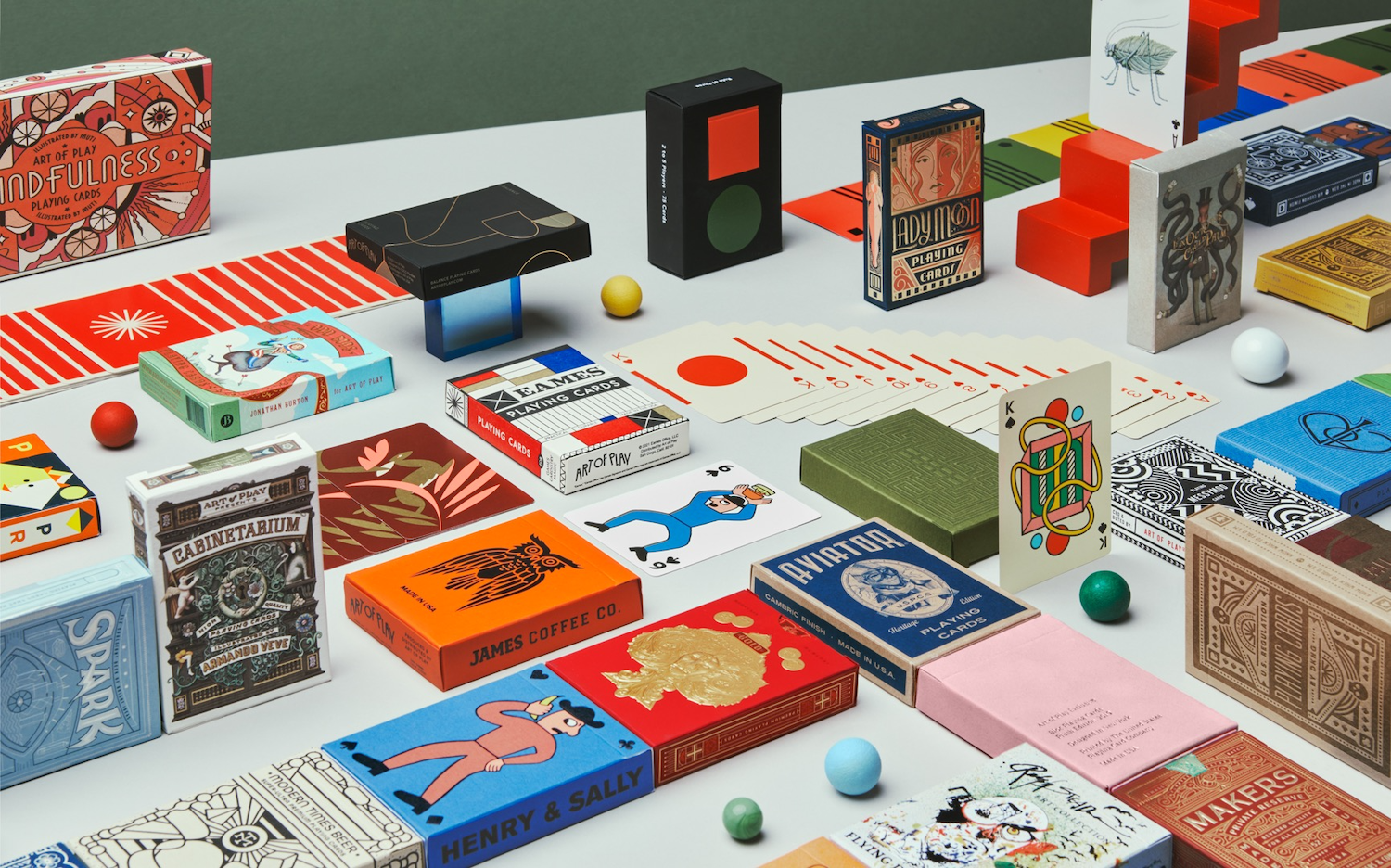Automata—a term for self-operating machines—have been used in public entertainment like fairs and carnivals since the 18th century. Think fortune-tellers like "Zoltar" (seen in the film Big), photo booths, and “bird boxes” that imitated mating calls. Capturing such lifelike motions goes waaay back.
Exhibit A … the “Digesting Duck” created by inventor Jacques de Vaucanson in 1739. The device could flap its wings and move its head and bill, as well as "poop" out food onlookers fed it, causing a sensation among Parisians raptured by the oddity. This duck and other automata helped in crystallizing two competing philosophies about agency in the 1700s: passive mechanism and active mechanism.

INTERIOR OF VAUCANSON'S AUTOMATIC DUCK
A, clockwork; B, pump; C, mill for grinding grain; F, intestinal tube; J, bill; H, head; M, feet
Passive mechanisms, championed by figures like René Descartes and Isaac Newton, saw the natural world as a machine governed by external forces. Newton, for instance, considered the cosmos to be this wind-up device that required a maker to maintain it. The idea was scoffed at by German philosopher Gottfried Wilhelm Leibniz who championed active mechanisms. That philosophy proposed that nature was a self-constituting machine with its own sources of action. The debate between these two philosophies was long and complicated, but ultimately the philosophy of active mechanism won out—just consider all the artificial intelligence embedded throughout technology today.
Automata artists working in the aftermath of this history speak to the importance of machinery as a device for thinking about agency, free will, and the nature of life.

Drawing of Self-trimming lamp from The Book of Ingenious Devices by The Banu Musa Brothers
Automata (the plural form of “automaton”) were first used in religious contexts. The mid-9th century illustrated work The Book of Ingenious Devices by the Banu Musa brothers discusses automata such as clocks and fountains made by engineers of the Islamic world. Gradually, automata evolved into secular contexts. Worthy of note is the 18th-century faux automaton "The Mechanical Turk" by Wolfgang von Kempelen, which was operated by someone in a hidden compartment.

In the early 1830s, Jean Eugène Robert-Houdin created an automaton that was a technical marvel for its time and is still regarded as one of the greatest illusions of all time. Known as the “father of modern magic,” Robert-Houdin tapped into his skills as a trained clockmaker and engineered “The Marvelous Orange Tree.” After disappearing an audience member’s handkerchief, a small potted tree on a table would begin to bloom real oranges. After tossing the fruit to the audience, the final orange atop the tree would split open. Butterflies sprung forth, fluttering, and the handkerchief magically reappeared.
In the late 20th century, automata became a key part of debates about cybernetics, artificial intelligence, and cognitive science. Darwin’s theory of evolution, based on the idea of self-organizing machines, helped spark the notion that a machine could perform human processes.
Today’s art continues this line of thought.
UK artist Nik Ramage’s series of “Fingers,” for example, automate an eternally tapping copy of the artist’s own hand, the resin-cast digits drumming thoughtfully on a tabletop. The strangely compelling work is a good example of automata merged with the human form.
Other artists, like Thomas Kuntz, utilize steampunk automaton techniques. His "Alchemyst's Clock Tower" comprises theme-park technology and a puppet theater staffed with a magician who evokes fiery hellions, turns wood into water, spins out optical illusions, and engages with the audience.
As our world becomes increasingly automated, automata offers a way to preserve a more innocent and simple past. Wanda Sowry's wood automata is a childlike exploration of creatures and scenes from childhood fables and literature who swim, walk, play instruments, or bake bread. Kazuaki Harada has a similar intent, crafting wood automata that performs whimsical stunts—vegetables dance on a counter, a door paints itself, a man wriggles beneath a teapot. Playful and sometimes nonsensical, Harada intertwines the mundane with the surreal.
And Keith Newstead was considered by The Guardian to be “the UK’s pre-eminent maker of automata,” collaborating with artists like Terry Gilliam and Ralph Steadman. While he did unfortunately pass away in December 2020, the artist crafted some of the most playful moving toys using basic mechanisms, even going so far as to educate people on creating their own. How to Make Automata was released by the Cabaret Mechanical Theatre in 2015.
As his popularity rose in the 1990s, Newstead began creating automata kits made of cardboard and affordable material so that people could assemble their own wooden robots, learning the whimsical fundamentals of clockwork engineering in the process.
The automata artists of today are the heirs to a long and complex history about bringing life to machines or, rather, machines that are themselves alive.
Historically, automata is about artifice, fooling the eye and the mind into believing that something is real when it is not. In our age of digital media and computer-generated imagery, it’s a way of grounding our experience in the physical world, reminding us that even in an age of ubiquitous screens and ever-present technology, there’s always a place for magic.
Words by Anne-Marie Yerks





Leave a comment
This site is protected by hCaptcha and the hCaptcha Privacy Policy and Terms of Service apply.